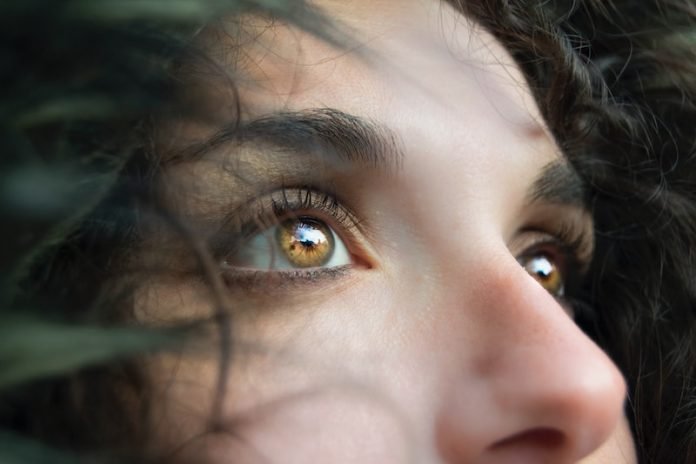
In a new study, researchers found nerve fibre loss and an increase in key immune (dendritic) cells on the surface of the eye (cornea) may be an identifying feature of ‘long COVID’.
These changes were particularly evident among those with neurological symptoms, such as loss of taste and smell, headache, dizziness, numbness, and neuropathic pain, following COVID-19 infection.
Long COVID is characterized by a range of potentially debilitating symptoms which continue for more than 4 weeks after the acute phase of the infection has passed and which aren’t explained by an alternative diagnosis.
Around 1 in 10 of all those with COVID-19 infection will develop long COVID, and it has been suggested that small nerve fibre damage may underlie its development.
In the study, the researchers used a real-time, non-invasive, high-resolution imaging laser technique called corneal confocal microscopy, or CCM for short, to pick up nerve damage in the cornea.
The cornea is the transparent part of the eye that covers the pupil, iris, and fluid-filled interior. Its main function is to focus most of the light entering the eye.
CCM has been used to identify nerve damage and inflammatory changes attributable to diabetic neuropathy, multiple sclerosis, and fibromyalgia (all over body pain).
The team tested 40 people who had recovered from confirmed COVID-19 infection between 1 and 6 months earlier completed a questionnaire to find out if they had long COVID.
They found brain symptoms were present at 4 and 12 weeks in 22 out of 40 (55%) and 13 out of 29 (45%) patients, respectively.
Participants’ corneas were then scanned using CCM to look for small nerve fibre damage and the density of dendritic cells.
These cells have a key role in the primary immune system response by capturing and presenting antigens from invading organisms. The corneal scans were compared with those of 30 healthy people who hadn’t had a COVID-19 infection.
The team found 11 (28%) had clinical signs of pneumonia not requiring oxygen therapy; four (10%) had been admitted to hospital with pneumonia and received oxygen therapy; and three (8%) with pneumonia had been admitted to the intensive care.
The corneal scans revealed that patients with brain symptoms 4 weeks after they had recovered from acute COVID-19 had greater corneal nerve fibre damage and loss, with higher numbers of dendritic cells, than those who hadn’t had COVID-19 infection.
Those without brain symptoms had comparable numbers of corneal nerve fibers as those who hadn’t been infected with COVID-19, but higher numbers of dendritic cells.
The questionnaire responses indicative of long COVID symptoms correlated strongly with corneal nerve fiber loss.
This is the first study reporting corneal nerve loss and an increase in [dendritic cell] density in patients who have recovered from COVID-19, especially in patients with persisting symptoms consistent with long COVID.
The study is published in the British Journal of Ophthalmology. One author of the study is Gulfidan Bitirgen.
Copyright © 2021 Knowridge Science Report. All rights reserved.



